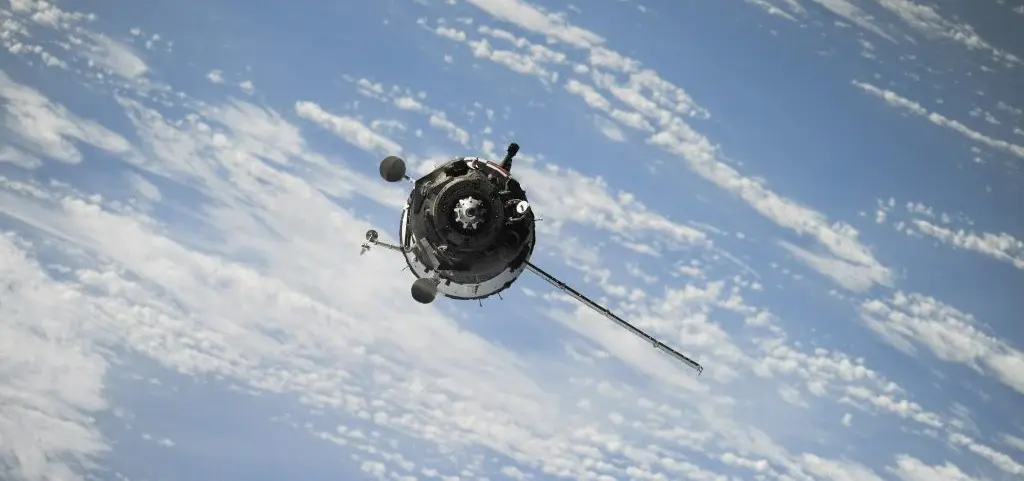Chinese scientists are using the capabilities of the SDGSAT-1 scientific satellite to solve the growing problem of light pollution in cities. A recent study published in the International Journal of Digital Earth by the Aerospace Information Research Institute of the Chinese Academy of Sciences highlights the innovative use of this satellite.
The satellite provides high-resolution night illumination data to combat light pollution.
The study marks a shift to LED lighting in the quest for decarbonization. Although LEDs are energy efficient, they also cause a new problem: blue light pollution. This required the development of a tool that could quickly and accurately identify different types of light sources on a large scale.
SDGSAT-1 is being strengthened to meet this need. This isn’t just another satellite; It provides high-resolution multispectral night light data that other sources do not offer.
Using Beijing as a testing ground, scientists demonstrated the satellite’s power with a staggering 92 percent accuracy in detecting artificial lighting at night and a 95 percent hit rate on street lights. Satellite images show light patterns across the city, particularly along the 5th Ring Road, and offer a new look at how light pollution varies in different parts of the urban forest.
The results are much more than a map of highlights; They differ significantly in the illumination of different types of roads and street lights. This demonstrates the impact of urban design and infrastructure on the adoption of lighting technologies.
SDGSAT-1 is not just a one-trick pony. The satellite, launched on November 5, 2021, became the first space science satellite designed to support the UN’s 2030 Agenda for Sustainable Development. Its mission is to observe from the sky how people, nature and sustainable development interact.
Last September, SDGSAT-1’s contribution to our understanding of urban growth and sustainability was highlighted when it provided the first global atlas of remotely sensed urban nightlight data. This atlas is not just a collection of beautiful night photographs of the city; It is a comprehensive 10 m resolution dataset covering 147 cities in 105 countries and is a treasure trove for urban sustainability researchers.













